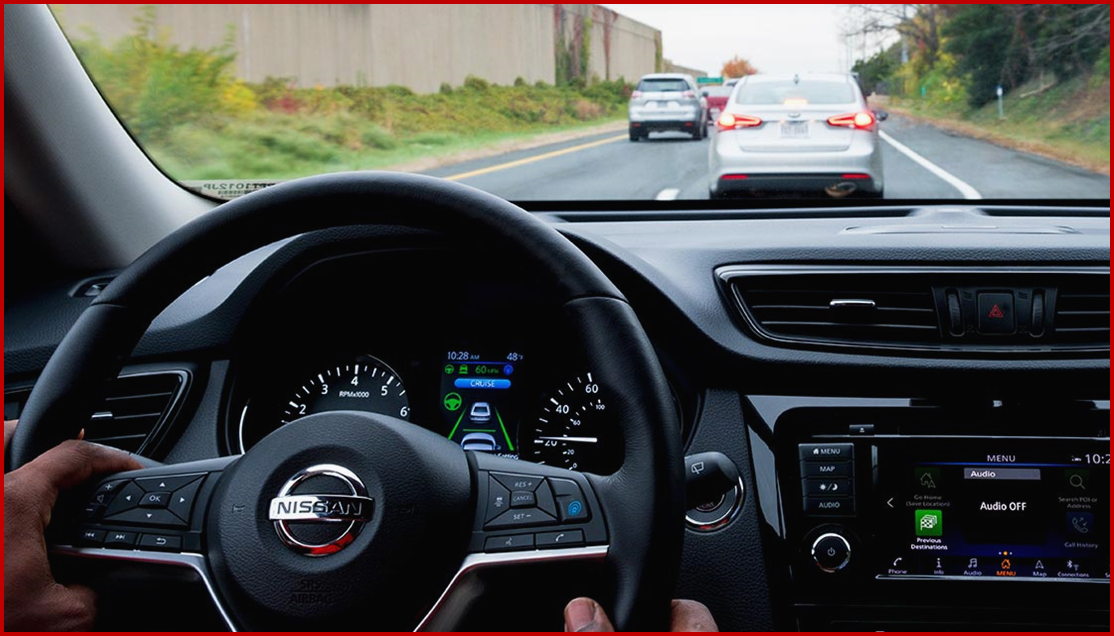Click for more.
Crash records and insurance data “offer little evidence that partial automation systems are preventing collisions,” according to the latest research from the Insurance Institute for Highway Safety and the Highway Loss Data Institute. The evidence cited comes from studies of BMW and Nissan vehicles that have been on the road for a number of years. HLDI studied these vehicles in 2021. Now a new study of the same vehicles from IIHS confirms that partial automation in these vehicles doesn’t confer additional safety benefits beyond those of crash avoidance features like front automatic emergency braking (AEB).
“Everything we’re seeing tells us that partial automation is a convenience feature like power windows or heated seats rather than a safety technology,” said IIHS President David Harkey.
Using insurance claims data, HLDI has conducted multiple investigations into the potential safety benefits of crash avoidance systems. “Broadly speaking, the studies have all shown that features that warn or intervene in an emergency reduce the frequency of insurance claims, and the reductions increase incrementally as one feature is stacked on another,” HLDI said.
Partial automation in theory helps prevent crashes. One sub-system, adaptive cruise control (ACC), keeps the vehicle traveling at a driver-selected speed when the road is clear and slows and accelerates to maintain a set distance from vehicles ahead.” It is associated with longer following distances, less tailgating and fewer lane changes – positive driving behaviors that could reduce risk. The other main component of partial automation, lane centering, could potentially do a better job in preventing side-swipe and run-off-road crashes than lane departure prevention, since lane centering – again theoretically – would preempt such departures rather than intervening as they occur,” HLDI said.
So far, there’s little evidence that’s happening, the studies of BMW and Nissan vehicles show.


